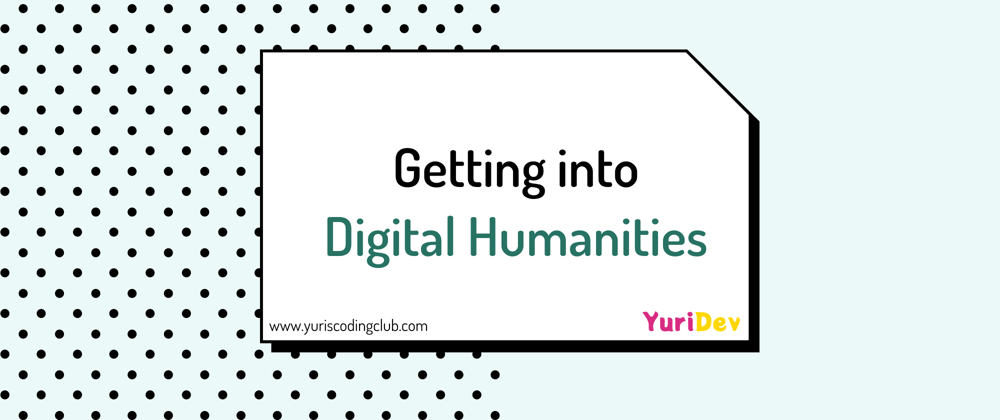Since October 1, 2022 I am back at the University of Vienna, where I started with the Master's program Digital Humanities (DH for short).
Since digitalization is having a lasting impact on many areas of science and society, I thought this degree would be perfect for me to become an accessibility specialist, since screen reader users in particular benefit from digital content.
Over the next few months, I'll be updating you on what classes I'm taking, what I'm learning in class, and how I'll be applying what I'm learning to my goals.
Courses for this semester
I will participate in three courses. Let me give you a quick overview what these are about (copied from the course catalogue), their aims, contents and methods.
1. Introduction to DH Tools and Methods
The course is aimed at providing students with the skills necessary to understand the sheer potential of the digital methods for the humanities, using the Python Programming Language for a handful of common tasks in the domain.
The course will present a broad overview of methods and tools, specifically covering the following: OCR & Natural Language Processing (NLP) Pipelines, Visualization & Dashboards, Spatial Analysis, Image Analysis, Social Network Analysis (SNA), Sentiment Analysis, SQL and NoSQL Database Management.
2. Telling Data Stories - Diagrams, Graphs, Maps and other visual and physical representations of (research) data
The visualization of (humanities) research data by means of different tools and forms of representation is an essential part of the Digitial Humanities.
The aim of this course is the elaboration and critical reflection of different forms of representation of (humanities) research data. By means of a practice-oriented approach, we will get to know different tools for data visualization (e.g. QGIS, Palladio, R, Python, etc.), test them, and check the resulting representations for their suitability.
In doing so, we want to ask together what constitutes a "good" visualization, what significance data visualizations have in the (humanities) scientific knowledge process, and how narratives can be told with data.
3. Eye Tracking - Quantifying human gaze
The aim of the course is to get to know eyetracking technology and related research possibilities in the field of humanities in theory and practice.
In the theoretical part, the history, development and technological progress of eyetracking will be presented and discussed using the system(s) available in the MediaLab of the faculty.
This is followed by a practical approach to the system through data generation with actual eyetracking research. Participants will develop research questions that can be examined with gaze data, that will be captured during a recording session.







Oldest comments (0)